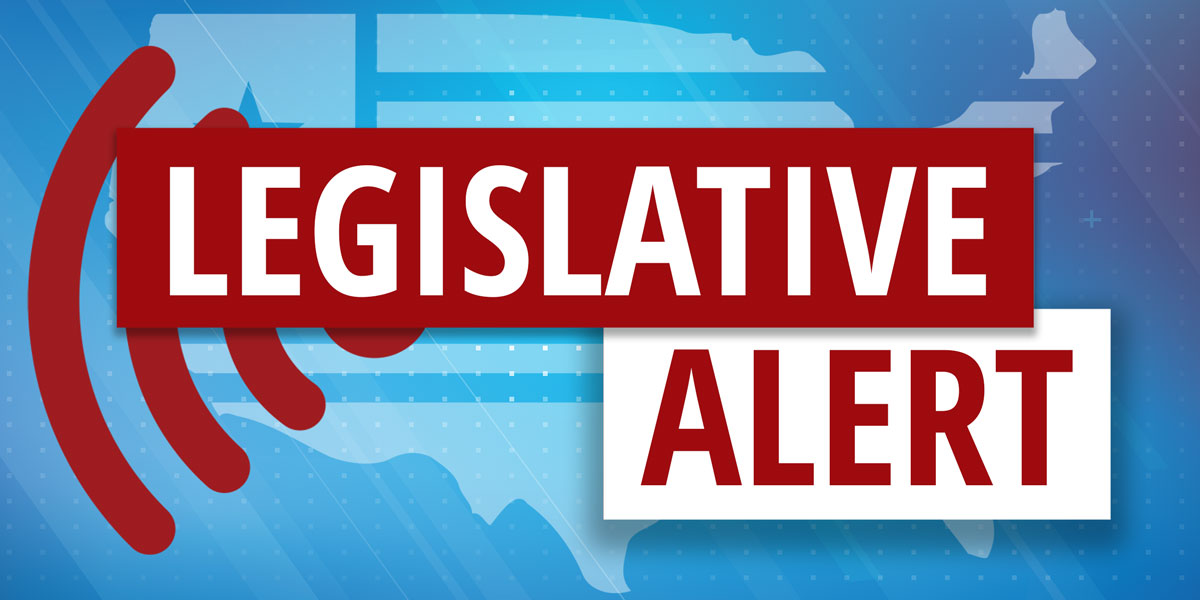2 minute read
Employers with health plans that provide prescription drug coverage to individuals who are eligible for coverage under Medicare Part D, are subject to Medicare Part D disclosure requirements.
Disclosure Requirements
Employers must complete a Medicare Part D online disclosure form with the Centers of Medicare & Medicaid Services (CMS) within 60 days after the start of the plan year, or February 29, 2020. For calendar year health plans, the deadline for the annual online disclosure is normally March first, but 2020 is a leap year.
Disclosure is required regardless of whether the health plan’s coverage is primary or secondary to Medicare. The disclosure states whether your prescription plan coverage is creditable or non-creditable. Employers can check with their health insurance carrier to see if a determination has been made or if they need to make one themselves. Depending on the plan design, either a simplified method or an actuarial determination can be made. CMS’ website also provides additional guidance and instructions on how to make a determination.
Disclosure Timing
The online disclosure form must be completed annually and in the following situations:
- Within 60 days after the beginning date of the plan year for which the entity is providing the disclosure to CMS;
- Within 30 days after the termination of a plan’s prescription drug coverage; and
- Within 30 days after any change in the plan’s creditable coverage status.
Individual Disclosures
Employers must also disclose to eligible Medicare individuals if the plan’s prescription drug coverage is creditable. Creditable coverage disclosure notices must be provided to individuals:
- Prior to Medicare Part D annual election period (October 15-December 7)
- Prior to an individual’s initial enrollment period for Part D
- Prior to the effective date of coverage for any Medicare-eligible individual who joins the plan
- Whenever prescription drug coverage ends or changes that makes it no longer creditable or non-creditable
- Upon a beneficiary’s request
In addition to providing the notice to individuals before October 15 of each year, employers should consider including the notice in their plan enrollment materials for new hires. Model disclosure notices are available on CMS’ website.
For more information, please download the bulletin.

